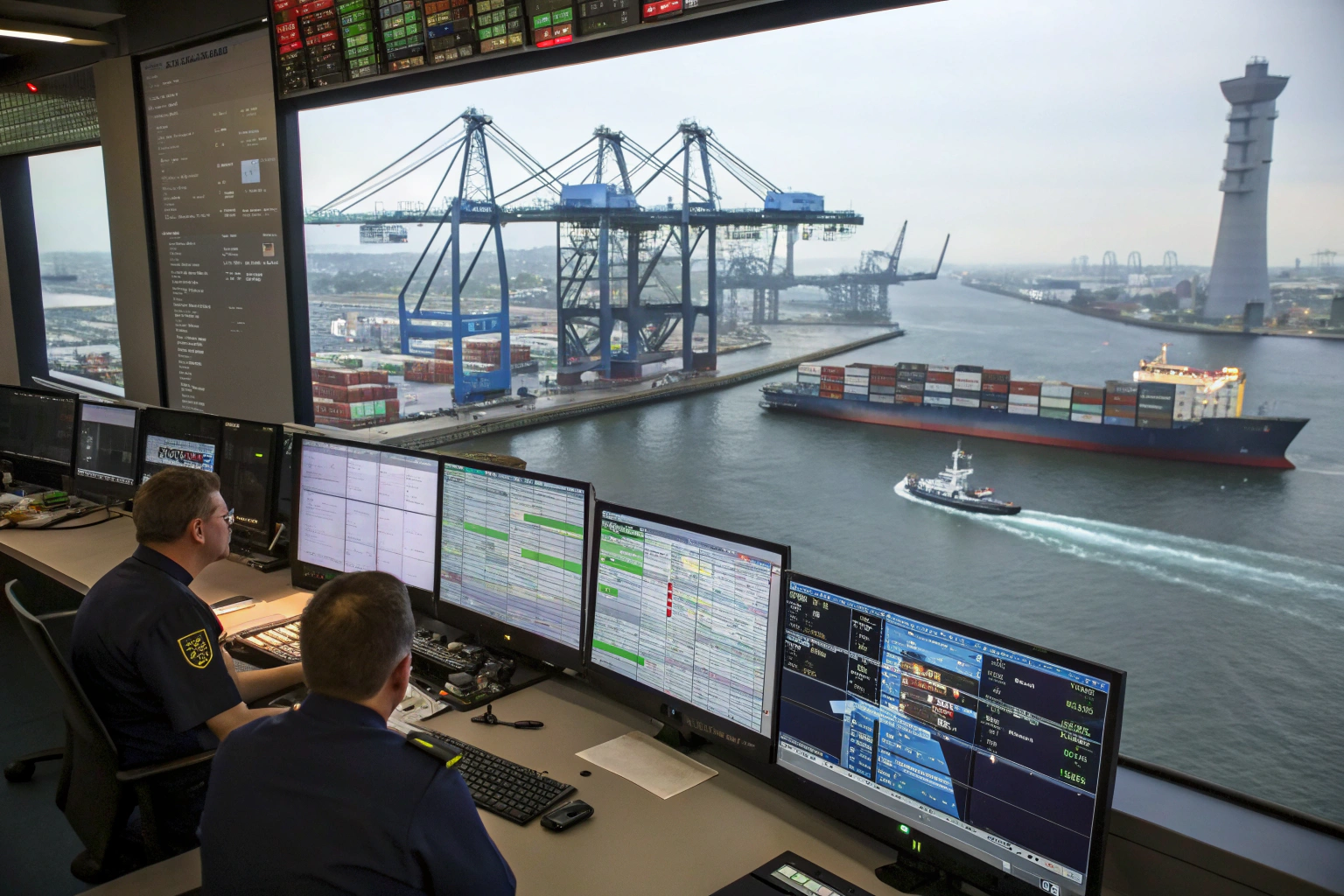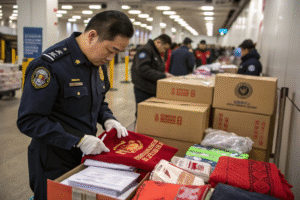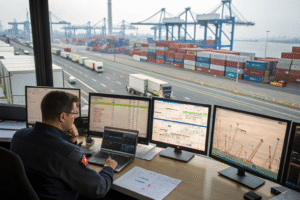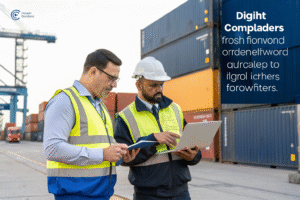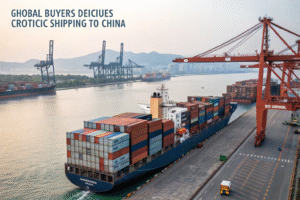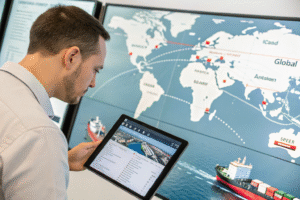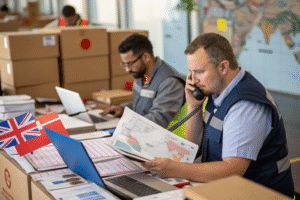Port delays can be a nightmare. For U.S. importers sourcing from China, any disruption at the port can cost money, lose customers, or throw off entire retail cycles. I’ve worked with clients like Ron, who operate on tight deadlines and care deeply about shipping efficiency. One of the biggest values we provide at GeeseCargo is keeping cargo flowing—even when ports are congested or operations stall.
Freight forwarders handle port delays by rerouting shipments, leveraging internal port relationships, using bonded warehouses, and providing proactive client updates with alternative logistics options.
Port congestion isn’t going away anytime soon. That’s why I want to walk you through exactly how professional freight forwarders like us respond to and manage these delays. We keep your cargo moving, and your business stable.
What Causes Delays at Major Ports?
Most freight delays don’t start in warehouses or on ships—they start at ports. Understanding the causes helps you respond faster and work with your forwarder more effectively.
Port delays are caused by congestion, labor shortages, weather, customs clearance issues, and equipment scarcity.
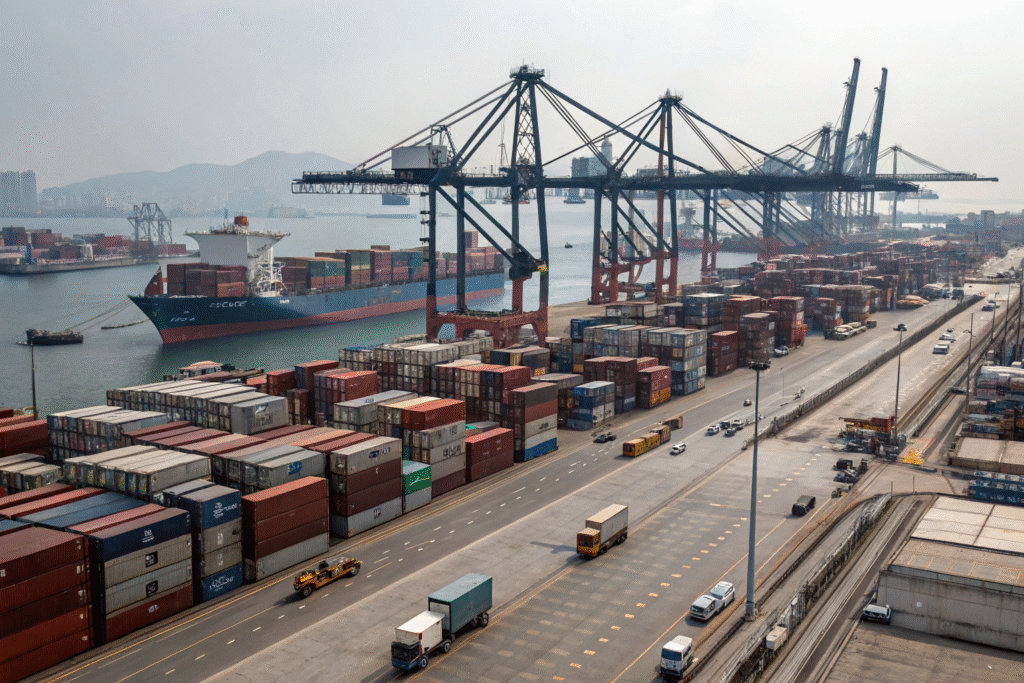
How Does Port Congestion Create Delays?
Port congestion occurs when too many vessels arrive simultaneously or when container yards reach maximum capacity. It’s most common during peak shipping seasons like Q4 or after major Chinese holidays. At ports like Los Angeles, Rotterdam, or Shanghai, delays can extend by 5–10 days or more.
Freight forwarders track daily berth availability through platforms like MarineTraffic or Port of Los Angeles Updates. We notify clients in advance and help reschedule shipments when congestion builds up.
Carrier alliances may also consolidate sailings or skip ports, further complicating arrival schedules.
What Role Do Labor Shortages Play?
Strikes or lack of terminal workers slow unloading and customs processing. For instance, the 2023 West Coast port labor negotiations caused widespread concern among U.S. apparel importers.
By working closely with local port officials, we get alerts before operations are halted. Platforms like JOC provide real-time port labor updates, helping us proactively shift routes or book alternative arrival windows.
Weather delays, especially typhoons in Asia or hurricanes near Gulf ports, are also increasingly unpredictable due to climate change. We factor seasonal forecasts into scheduling recommendations.
How Do Freight Forwarders Reroute or Expedite Shipments?
Experienced freight forwarders like GeeseCargo never rely on a single port or route. When delays hit, we immediately look for backup options that still meet your timeline and budget.
We reroute cargo through alternate ports or switch to faster transport modes like air freight to keep deliveries on schedule.
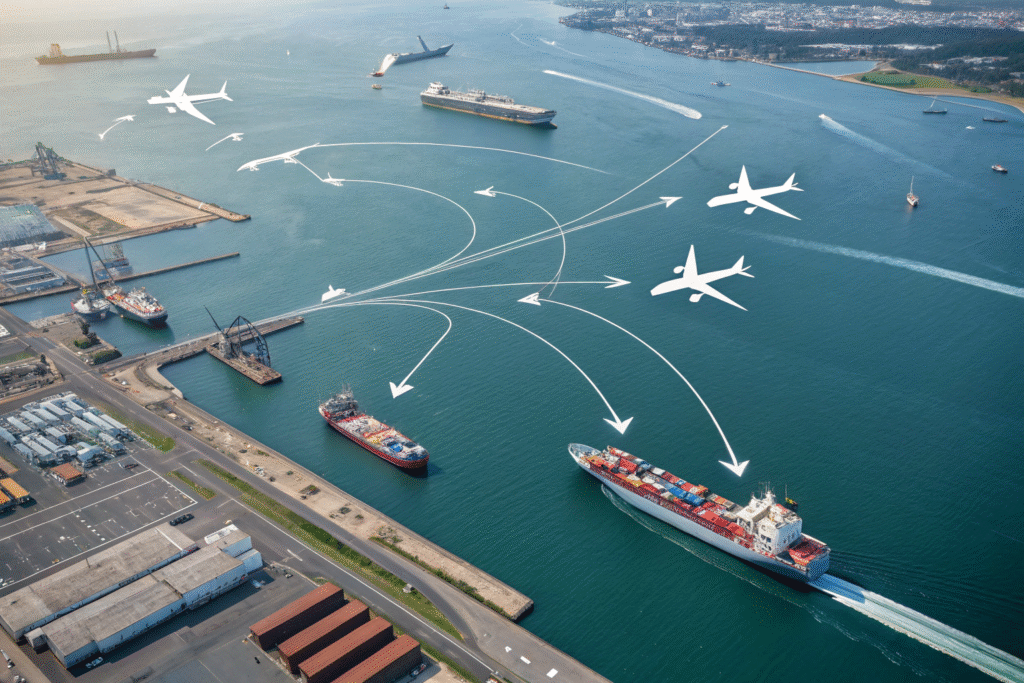
Can You Switch Ports to Avoid Congestion?
Yes. In fact, that’s one of the best strategies. For example, if Ningbo port is congested, we may switch to Xiamen or Qingdao for a smoother export process. For U.S. imports, we’ve redirected vessels from LA/LB to Oakland or Houston depending on capacity.
Tools like SeaRates help us compare available sailings and vessel ETAs in real-time. We also work with shipping lines like COSCO and Evergreen Marine to secure alternative bookings quickly.
This flexibility often saves our clients several days and reduces demurrage fees caused by vessels waiting for berth.
Is Air Freight a Viable Backup?
If time is tight, we recommend partial conversion to air freight. We can offload urgent SKUs at transshipment hubs like Singapore or Busan and fly them out directly to U.S. destinations.
Platforms like Freightos Air Index show spot rates and flight availability. By combining air and sea, we can deliver urgent components while the rest arrives later by ship, preserving production timelines or retail launches.
How Do Freight Forwarders Communicate During Delays?
One of the most overlooked parts of handling port delays is communication. Importers like Ron hate being left in the dark. We solve that with frequent, accurate, and forward-thinking updates.
We use live tracking platforms and dedicated account managers to inform clients about delays, rerouting, and new ETAs in real time.

What Technology Is Used to Keep Clients Informed?
We use logistics tech tools like CargoWise or FourKites to give shipment milestone visibility. Clients get custom dashboards showing ETAs, customs status, and vessel positions.
In case of delay, our system triggers alerts and sends recommendations. You’ll know right away if we need to change a port, upgrade to air freight, or hold at a bonded facility.
We also assign account managers who speak directly with your warehouse or fulfillment center, making sure your entire supply chain stays aligned.
How Often Are Updates Sent?
We send daily status emails during delay periods. For high-value or sensitive shipments, we offer live chat or WhatsApp support with your logistics coordinator. We’ve found that timely and honest updates build long-term trust.
Services like Project44 enable our team to push automatic updates to your ERP system or online order portals, minimizing disruption to your buyers and internal teams.
What Risk Prevention Measures Can Clients Take?
While we do everything to handle delays on your behalf, the best way to beat port congestion is to prepare for it ahead of time.
Clients can minimize risk by booking early, splitting shipments, using bonded storage, and working with flexible freight partners.
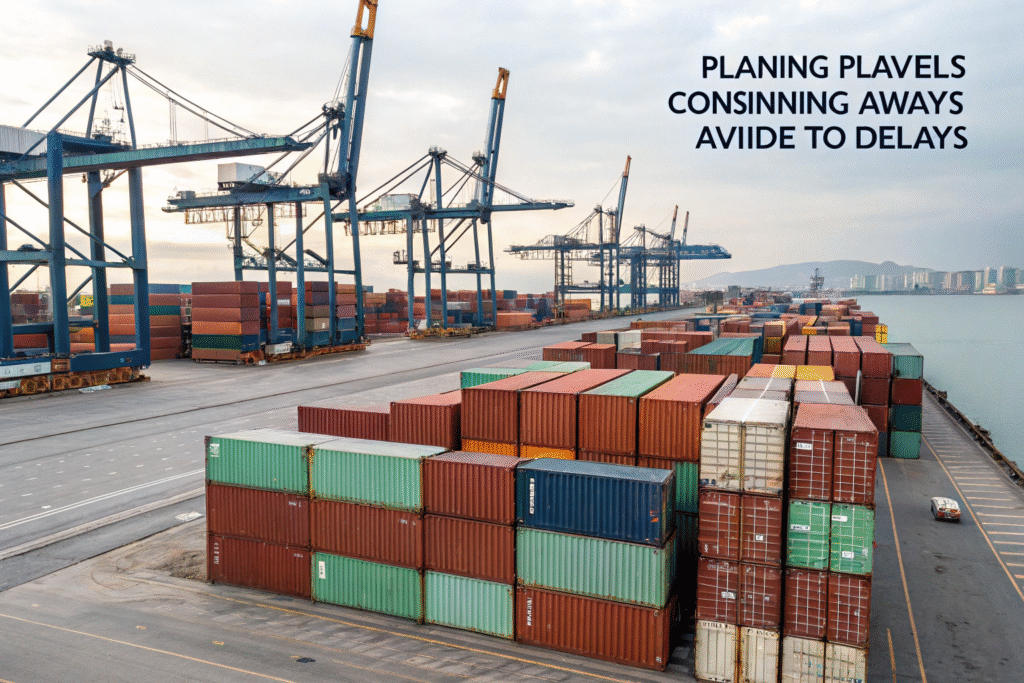
Why Should You Book Early During Peak Season?
Ports are busiest before major holidays like Golden Week, Christmas, and Lunar New Year. Booking two to three weeks earlier ensures container availability and vessel space.
We publish peak season forecasts to clients based on Drewry’s Container Index and ocean carrier projections. Clients who pre-book enjoy stable rates and smoother processing.
We also recommend using flexible cargo ready dates to give your shipment more scheduling room.
How Do Bonded Warehouses Help?
Delays at the destination port often cause demurrage or storage fees. By using bonded warehouses near ports in China or the U.S., we can temporarily hold cargo until clearance or delivery is possible.
Bonded warehouses like those listed by CBP or local customs offices offer duty deferral and flexible storage. This option is especially valuable for Amazon sellers or retailers who face shifting inventory deadlines.
Conclusion
Delays at ports are part of today’s global shipping landscape, but they don’t have to derail your supply chain. As a freight forwarder, I’ve helped clients like Ron stay on track by planning ahead, rerouting shipments, and communicating at every step.
We don’t just ship cargo—we solve problems. From port congestion in LA to weather delays in Shanghai, GeeseCargo steps in with flexible solutions, direct updates, and expert coordination. When your business counts on timely delivery, we’re the team that makes it happen.
